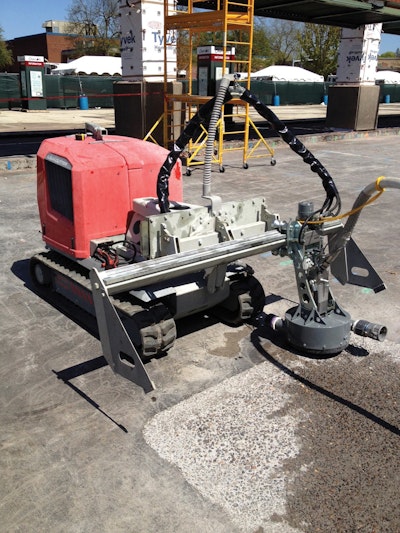
Using advanced hydrodemolition robots for industrial cleaning allows workers to remain at a safe distance and operate the unit via remote. While this does not eliminate the need for PPE, it allows workers to safely complete the cleaning without donning full body suits or breathing apparatus, saving time, resources and discomfort.
Industrial facilities rely on high-pressure waterjetting machines for a number of specialized cleaning and removal applications to keep equipment operating at full potential. Enhancing efficiency for each task — from surface cleaning and preparation, to heat exchanger applications...






